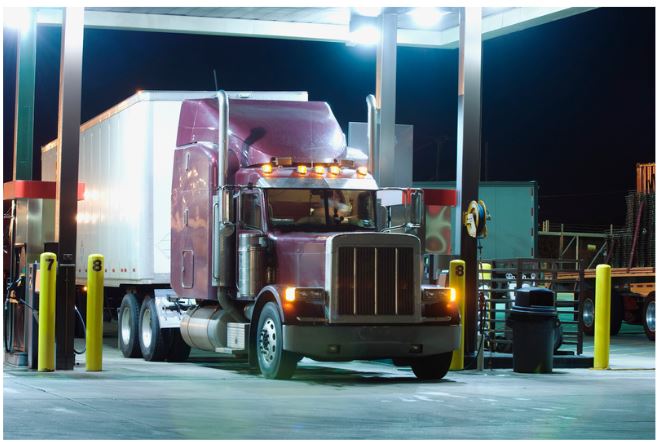
How to Increase Miles per Gallon

How to Increase Miles per Gallon
The rise in fuel costs has impacted drivers across the country. With average fuel costs from $4000 to $6000 each month, many companies and owner/operators are on the hunt for ways to shave off the additional expenses without incurring additional costs. Let’s dive in and look at 10 ways you can save on fuel costs:
1. Monitor your driving speed
Generally speaking, every mile per hour over 60 increases fuel consumption by one-tenth of a gallon. While this might seem negligible to some, it translates to a 27% improvement in consumption between a truck traveling at 75 mph and a truck traveling at 65 mph.
2. Use cruise control
Maintaining a consistent speed reduces fuel consumption. How? Every time there is an acceleration after a reduction in speed, more fuel is used to reach the cruising speed. When safe to do so, use cruise control to maintain your speed and reduce fuel usage.
3. Smooth acceleration
Rapid acceleration consumes more fuel and puts additional strain on your engine. Keep your eyes on the road and anticipate your route to allow you to smoothly accelerate without frequent speed changes. Use the declines in the road to assist you by reducing the need to accelerate on the incline.
4. Avoid harsh breaking
Whenever a driver presses on the brakes, energy and momentum are lost. By monitoring your surroundings, you can reduce the amount of harsh braking by allowing more space to slow down if needed, reducing the need for increased acceleration.
5. Minimize idling
Reducing your truck’s idling by just 10% will reduce overall fuel consumption by roughly 1%. At current fuel rates, this translates to a savings of up to $1000 per year. In the heat of summer, consider using windshield screens or solar reflectors to keep scorching heat out of your cab when stopped for breaks.
6. Minimize shifting
Every increase in RPMs results in an increase in fuel consumption. Unless you drive an automatic transmission, keep in mind your shifting practices will influence your consumption. Don’t wait until your RPMs are shaking the truck, shift up to the next gear while at the lowest functional RPM.
7. Find your sweet spot
Every vehicle has a sweet spot – that specific speed and RPM at which the vehicle runs best. Trucks are the same. Find your rig’s sweet spot – usually a little slower than you’d like – and stay at that place. You’ll save fuel, meaning you won’t be stopping at the travel center and truck stop sooner than you need to, saving you time and money.
8. Plan your route
Simply put, take the shortest route with the fewest stops. Whenever possible, plan to travel outside of the usual rush hour traffic to avoid wasted time and fuel just sitting on the interstate.
9. Watch your space
By watching the space around your truck, especially the distance between you and the vehicle in front of you, you can reduce fuel consumption. This distance reduces wind disruption and the chance of unnecessary changes in speed and braking, thus reducing your fuel consumption.
10. Tire inflation
Finally, your tires. Running on tires that are underinflated by just 10 psi can result in a 1% increase in fuel consumption. As with idling, it might not seem like much but it could be an extra $1000 in your pocket. And with today’s inflation, we could all use a little extra in our pockets.




